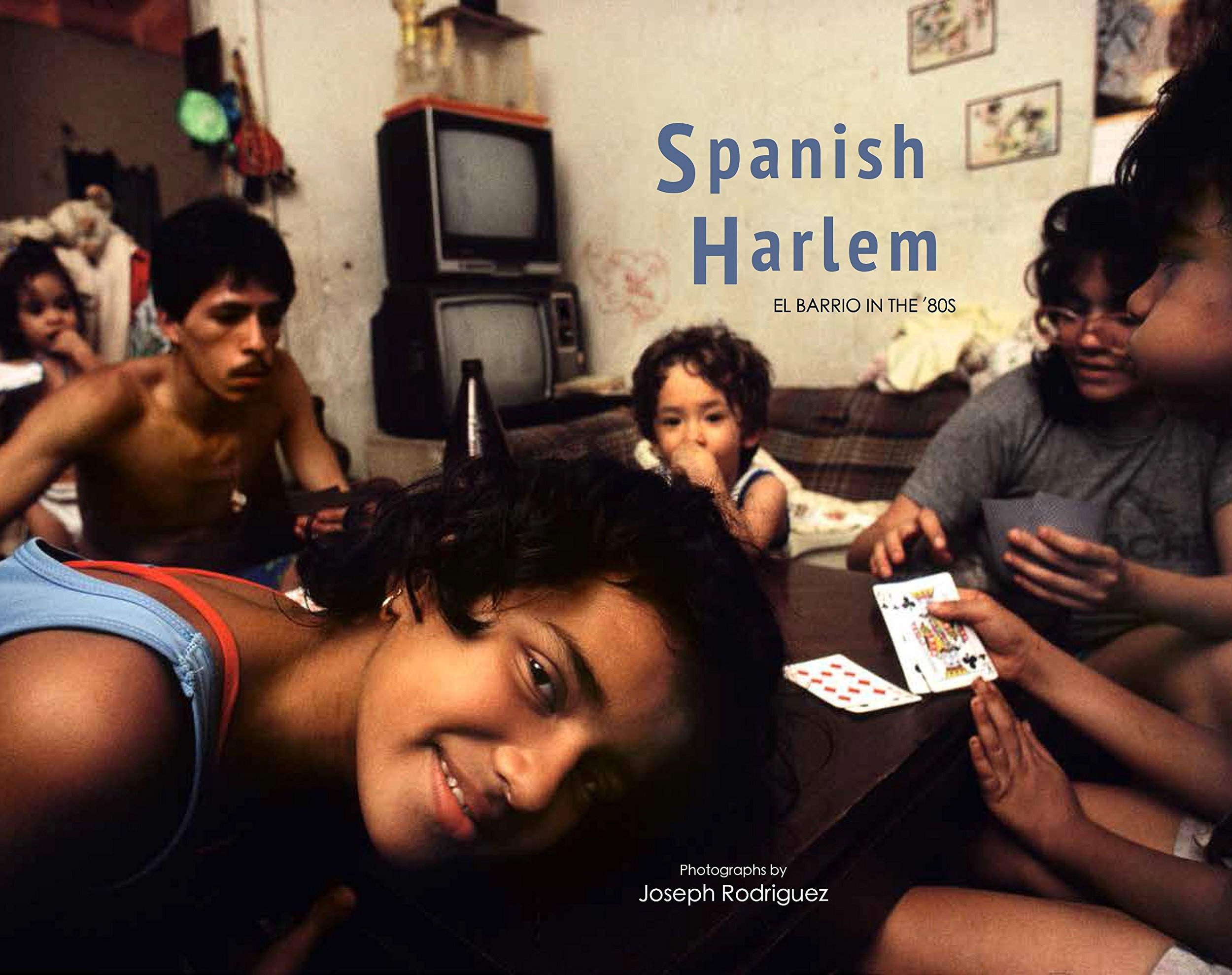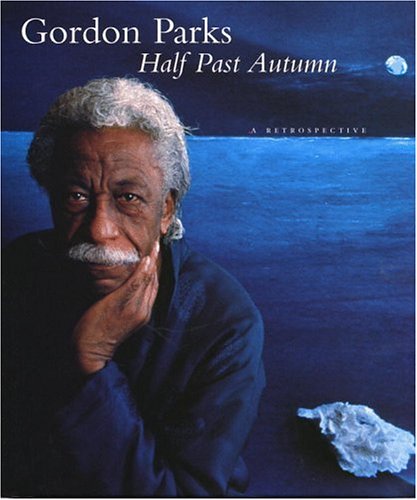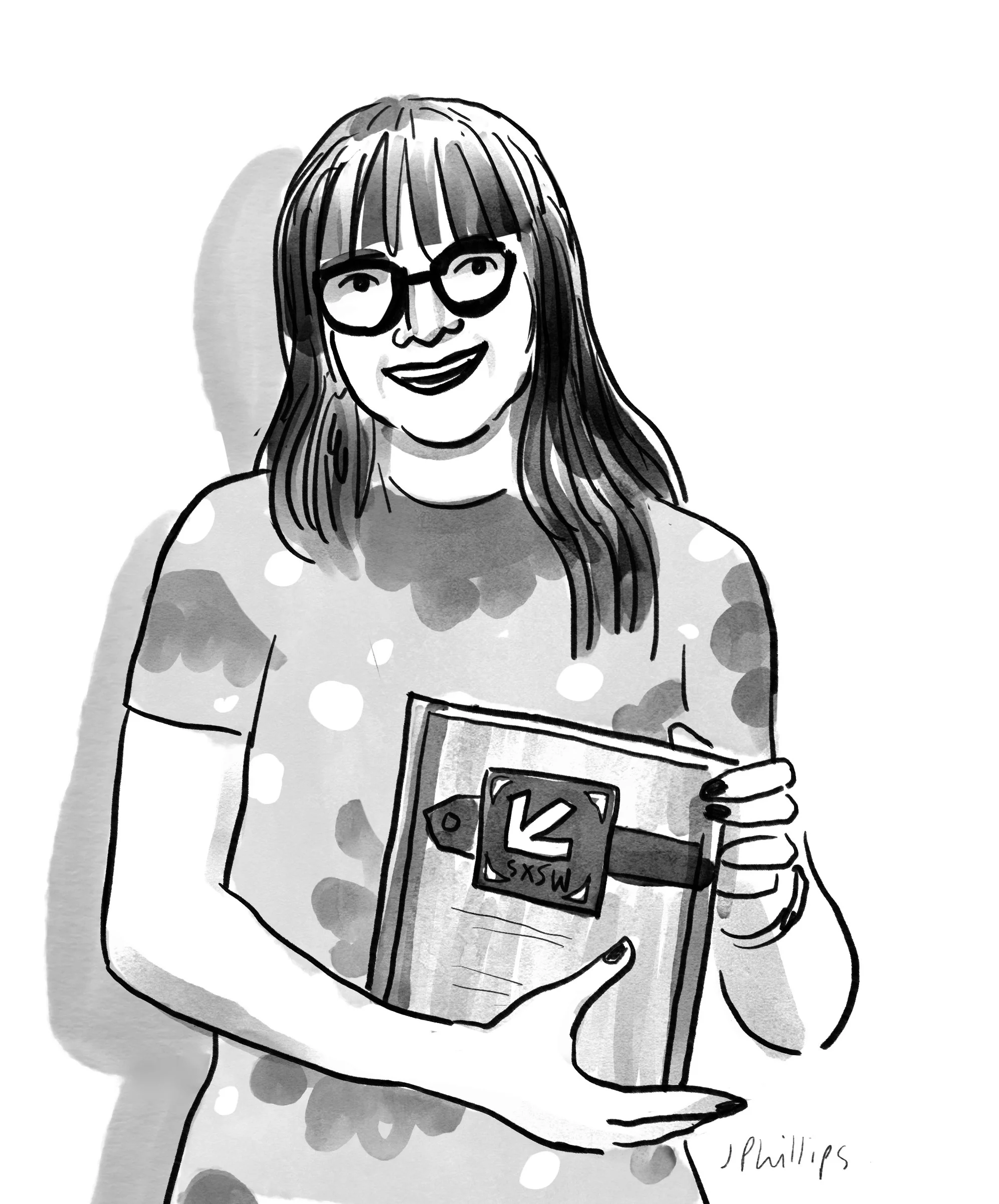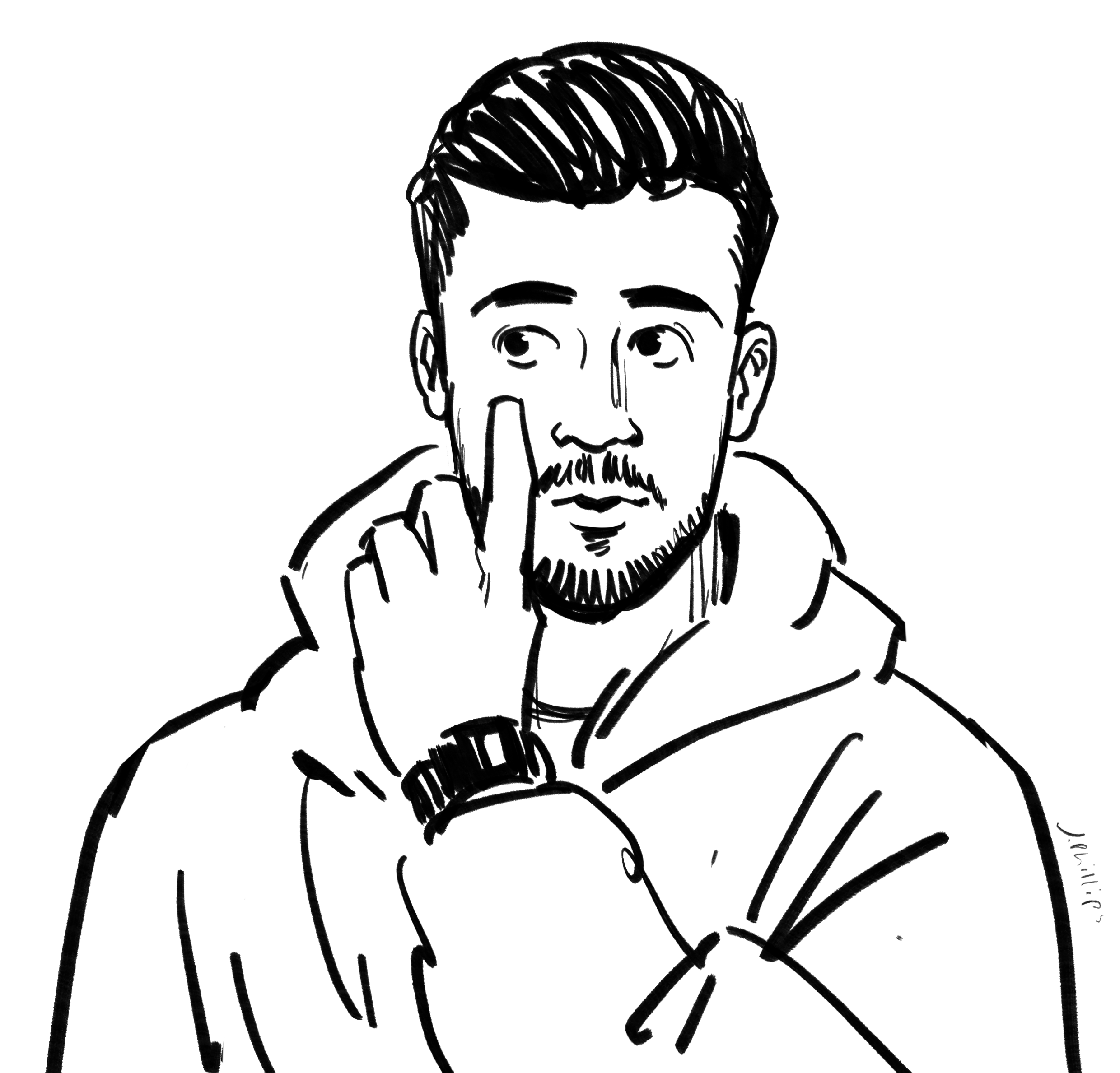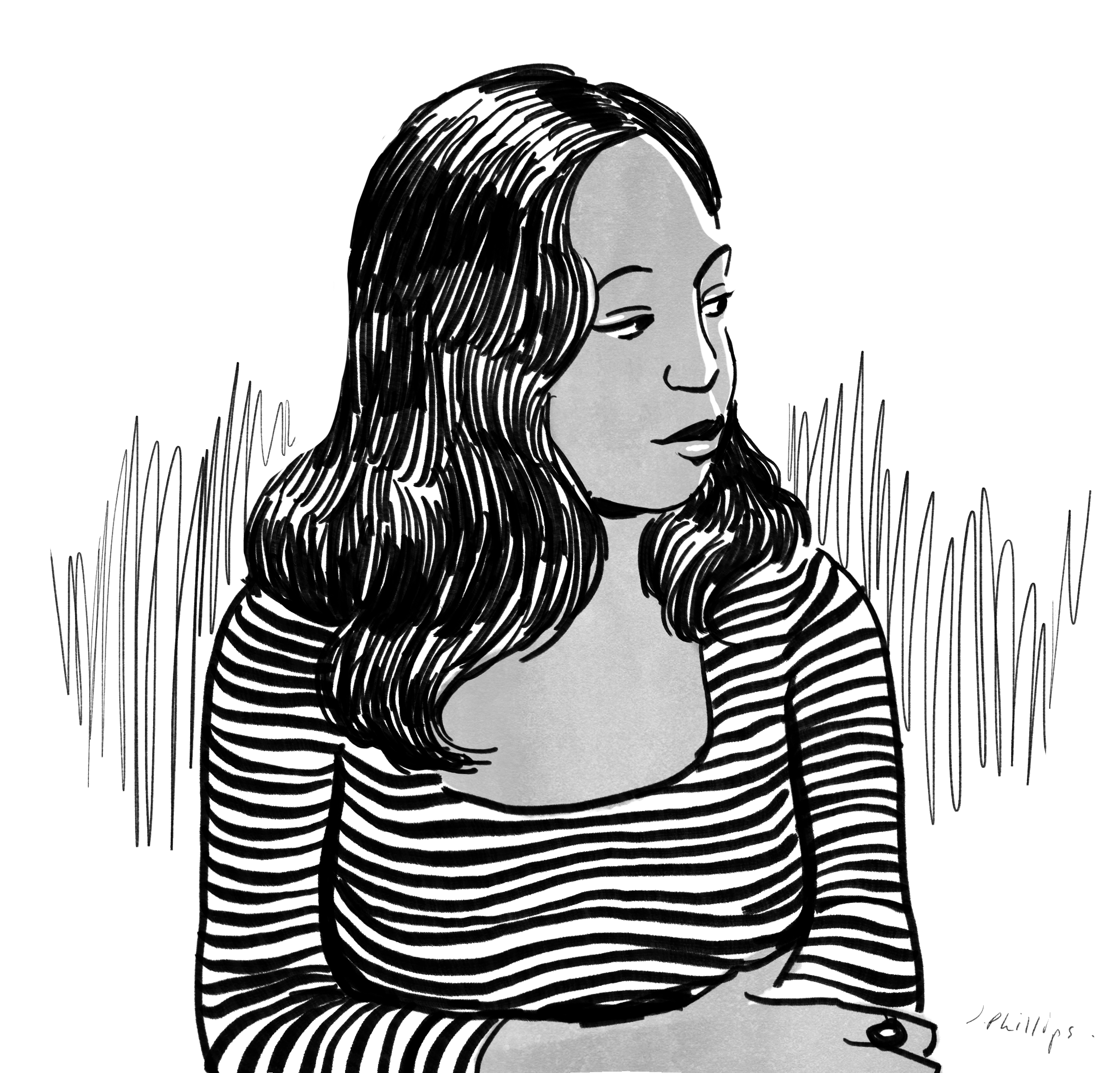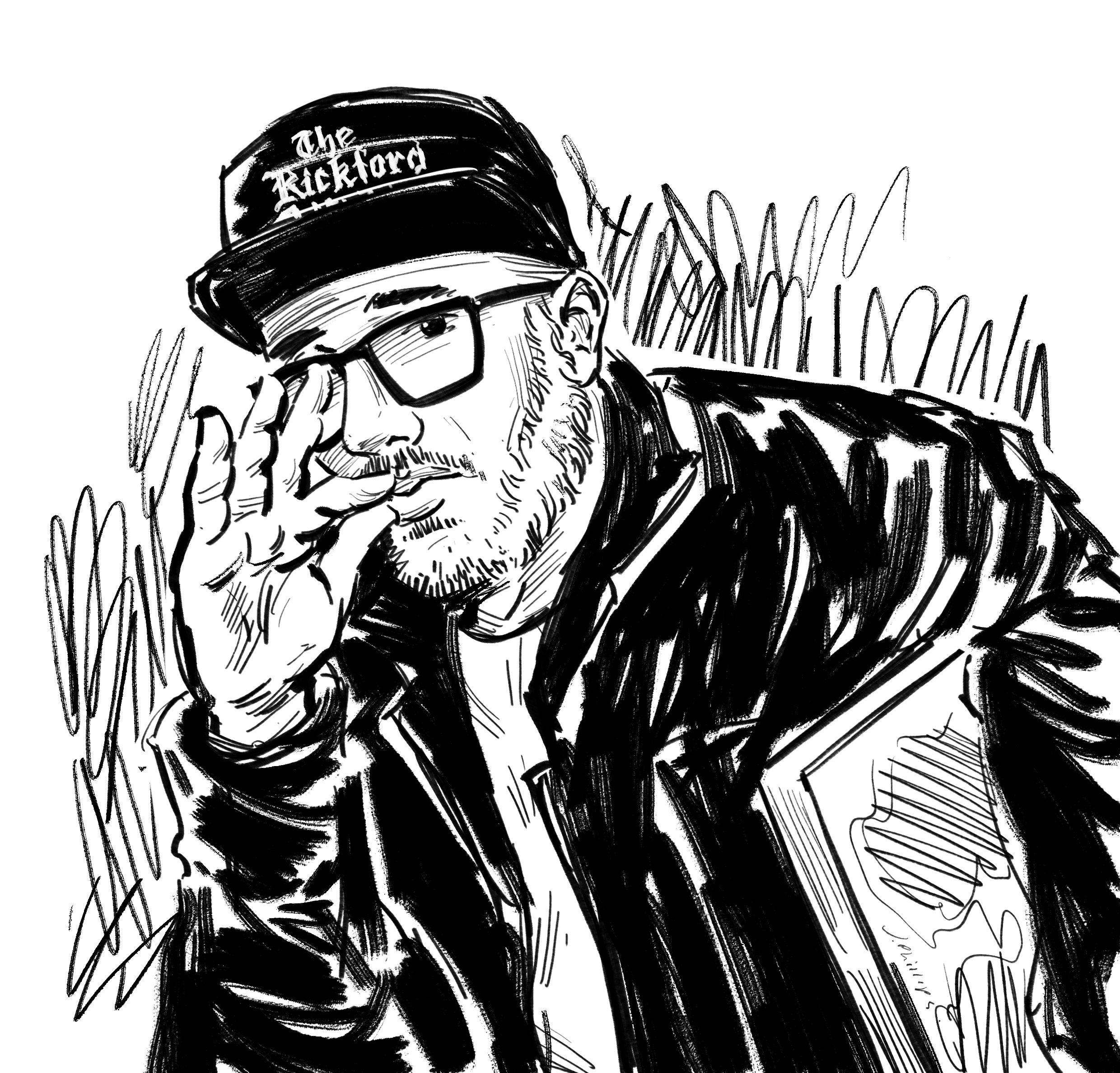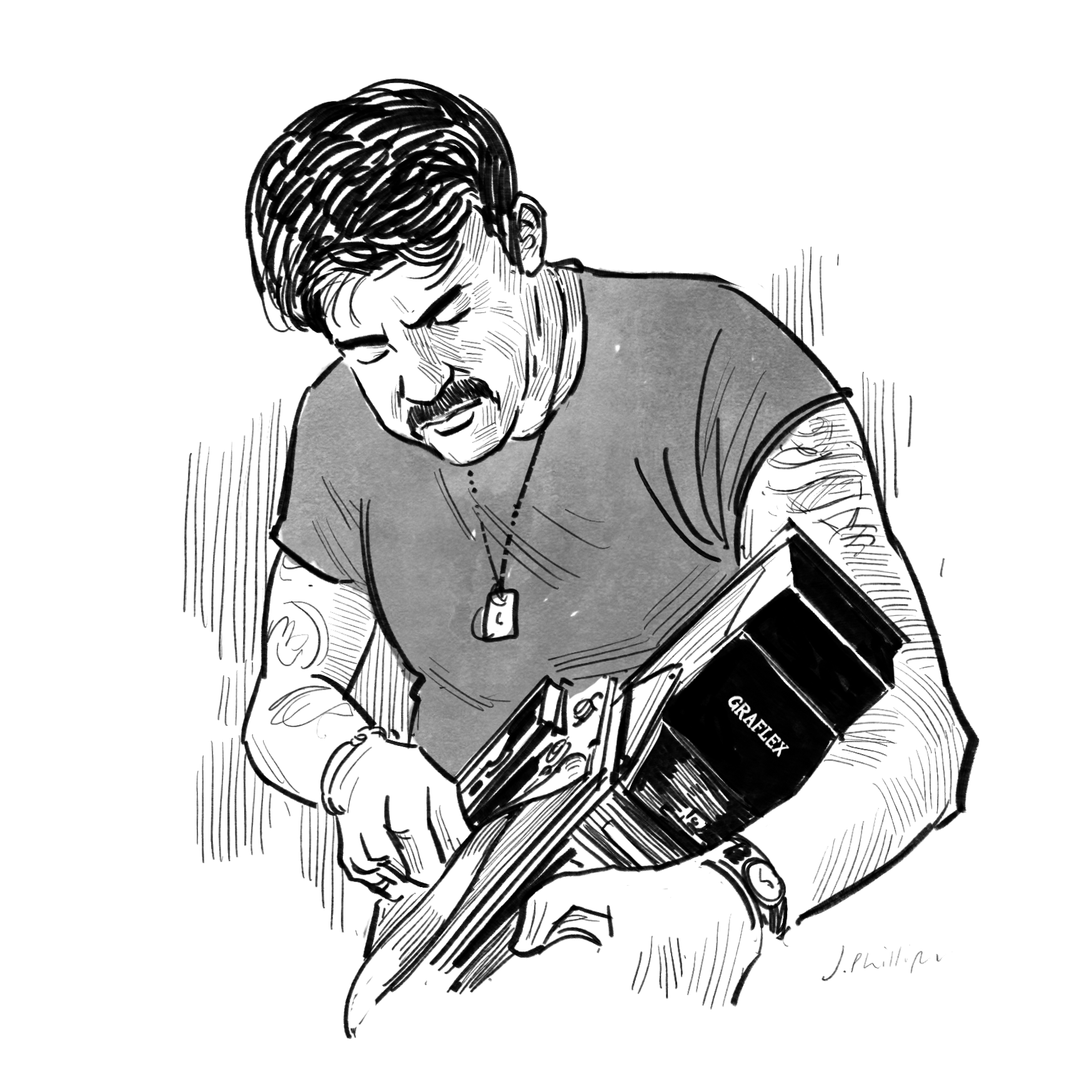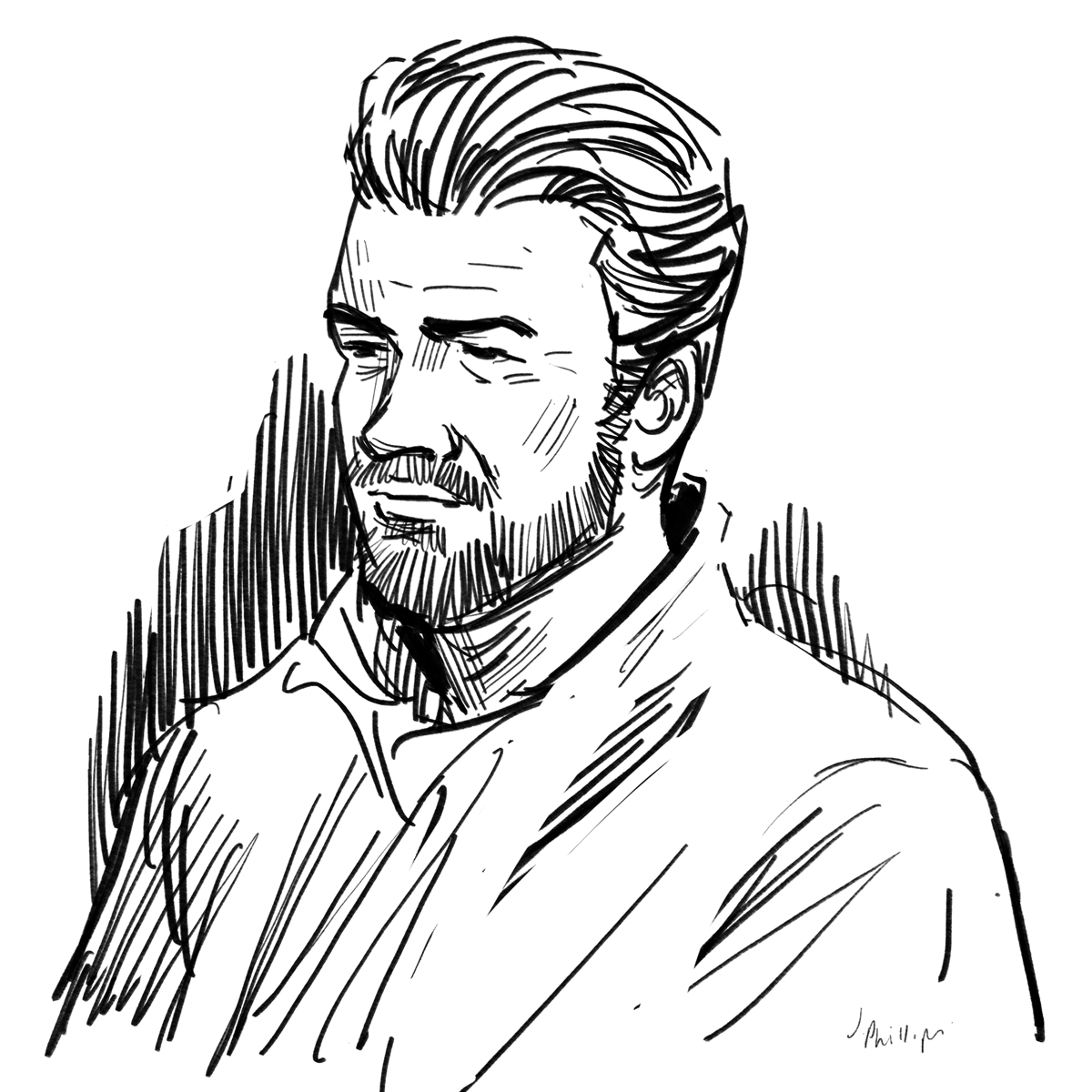Jamel Shabazz, Photographer
Jamel Shabazz is an African-American, fashion, fine art, and documentary photographer. Shabazz has gained international recognition through his various books, exhibitions, and editorial magazine works.
Shabazz is the author of five monographs and has volunteered for organizations centered on young people in photography and social responsibility.
Jamel shares photo books that inspire his work and wisdom on how to use photography for social change.
Black in White America,
by Leonard Freed
“This book was one of the very first photo books I ever saw/read. My father had a signed copy sitting front and center on our coffee table. This one book would introduce me to the world of black and white photography, documentary photography, and street photography, and expose me to racial issues of the 1960's America.”
Spanish Harlem,
by Joseph Rodriguez
“I consider Joseph Rodriguez as a mentor. I discovered his book in a Rizzoli book store in NYC back in 90s. It was in viewing Joseph’s insightful images that I realized that I had the ability and material to produce a book of my own.”
Half Past Autumn,
by Gordon Parks
“In viewing the work of Gordon Parks, I saw how he was able to do documentary, fashion, portrait and fine art photography, and more importantly, I learned about the many hardships that he had to endure in order to establish himself as a photographer of color and a man.”
Untold: Stories Behind the Photographs,
by Steven McCurry
“What I loved most about the work of Steven is the humanity he captures in all of his subjects, along with the stories he shares about his journey. His work inspired me to want to travel the world and document various cultures and communities. This book now serves as a guide for my next book endeavor.”
Jamel, it’s palpable in your work that you love people. In your decades of connecting with people on the streets of NYC, what have you learned about the human condition? And what have you learned about yourself?
As a concerned photographer, I realized that there were, and still are, a lot of people who are suffering out there.
I came to that realization early on, from the very first subjects I documented once I started to take photography seriously, were the homeless and mentally ill. You are bound to see some level of homelessness and despair in your daily travels while living in a large metropolis like NYC.
On a sociopolitical level, I was drawn to them in their condition and wanted to get a better grasp on the cause of their ills, so as a photographer the camera provided me with a key to better understanding.
One of my first jobs was working in a men's shelter in the early 1980s and I was astonished by the number of men of all ages who were struggling with homelessness and mental health issues. Without hesitation, I started to document them, while writing notes in my journal about my thoughts on the issue. As time went on, I made it a point to share both my work and words with people about this growing crisis, in hopes that they would develop empathy towards those who were suffering.
What I learned about myself in all of this is that I have inherited my mother's empathic spirit, as she was a kind and caring nurse.
It seems the camera was a way for you to understand the changes happening in your city and the culture at large. Where is the camera leading you today?
I liken the camera to a compass, and with that said, the camera along with my third eye has led me on a path of self-discovery.
I have met so many wonderful people since first starting on this journey; many who have become close friends aiding me in my growth and development.
The language of photography itself has allowed me to communicate with people all over the globe. In these uncertain times we are living in today, I have come to discover that I have an important voice which seems to bring healing and understanding in a world so full of hate and apathy.
My daily posts on social media have allowed me to understand that there are a lot of really good people out there who have good hearts and want to make a difference, and others who are in need of healing. The comments from the images I posts are a testament to the joy brought into people lives on a daily basis that I find on my posts.
So at this stage of my life, I view myself as a reminder and perhaps a torchlight for a number of young photographers who are trying to find their way, especially those who are disenfranchised.
There are more distractions today that seem to have a greater influence on young artists —social media comes to mind. What would you advise young artists pay attention to?
I find that in today's world of instant gratification, a lot of inspiring photographers turn to social media for approval.
I fully understand the power of getting your work out to gain attention for your skills, but one should not depend on the number of likes to determine their self-worth, as it can have an adverse effect if you don't get the feedback you desire.
My advice to young artists would be to focus on getting into important exhibitions. Oftentimes you have to start from the bottom to get to the top, but it's important to have your work shown. Group shows should be one of your goals and even one-day shows because they are good starting points to get established and build upon one’s resume.
I also encourage inspiring photographers to subscribe to Photo District News, as it is a publication full of helpful information that can guide one on the path of photography.
Can you describe your thinking behind putting together a photo book? What does it personally mean to you?
Today, my thinking is focused on preserving my work and I find that by producing books, I can now use them as catalogs showcasing various bodies of work.
This process also forces me to look into my archives, edit material, and scan negatives. As a documentarian, one of my main objectives is to make sure that my community is represented in the annals of history. What is also important to me is the pricing of these publications, because I want them to remain affordable and accessible to the many people I have photographed over the years.
What are some personal rituals or habits that have kept you going creatively for all these decades?
Carrying my camera everywhere I go would be number one and secondly, having a set of working themes to focus on.
What's something you used to believe in photography that you had to change your mind about?
I would have to say my perspectives on digital photography. I was a traditionalist for a long time, using my medium format to do street photography, but then having the task to commute back and forth to my lab, changed my mind. I decided to switch over to digital and the rest is history.
What are you working on right now? In what ways do you want to continue to grow?
Presently, I am working on a number of really great projects. The first being a collaboration with Galerie Bene Taschen, as we are in the final stages of completing a new book entitled, City Metro.
This publication is centered entirely on my photographs made on buses and trains here in New York City; beginning in 1980 and continuing up to 2018.
Another important project I am working on is a solo exhibition at the Gordon Parks Foundation. The exhibition is entitled, "A Visual Odyssey: Photographs from 1980- 2018," and is scheduled to open in April. This past weekend, I completed a portrait shoot on set for a new television crime series for EPIXs', " The "Godfather of Harlem," featuring veteran actors Forrest Whitaker, Vincent D'Onofrio, and Giancarlo Esposito. The series is set in Harlem, NY in 1963, and is based on the true story of crime boss Bumpy Johnson and his war with the Genovese crime family.
As a photographer, being invited to create the campaign for this series has been one of the main highlights of my career. Enjoying this new experience, I have decided to move forward and introduce a series that I have been working on for a number of years. The story is loosely based on my experiences growing up in Brooklyn during the 1970s.
For me, this new direction represents growth and an entirely new way of bringing life to images and the creative process.




